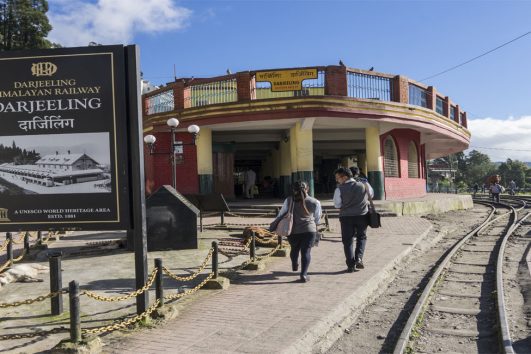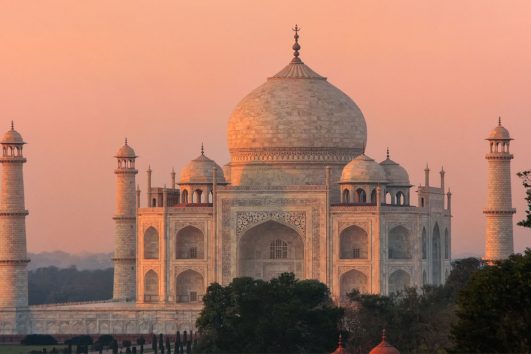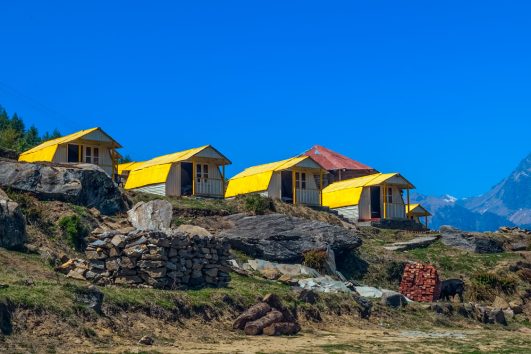
Skiing is a winter sport and recreational activity that involves gliding over snow-covered surfaces using specialized equipment called skis. Originating in the mountainous regions of Europe and Asia, skiing has evolved into a popular pastime enjoyed by millions of people worldwide. It combines elements of athleticism, adventure, and a deep appreciation for the beauty of snow-covered landscapes.
Types of Skiing
Alpine Skiing
- Downhill Skiing: Also known as alpine skiing, it involves descending steep slopes at high speeds, often on groomed trails.
- Giant Slalom: A racing discipline that combines speed with precise turning through a series of gates.
- Slalom: A more technical form of alpine skiing with a shorter course and a greater number of gates, requiring rapid, precise turns.
- Super-G: A high-speed alpine skiing event that combines elements of both downhill and giant slalom.
Nordic Skiing
- Cross-Country Skiing: An endurance-based sport involving long, flat or gently rolling courses where skiers use a gliding motion to cover distances.
- Ski Jumping: An exhilarating discipline that sees skiers launching themselves off ramps and attempting to glide the farthest before landing.
- Biathlon: Combines cross-country skiing with rifle shooting, demanding both physical fitness and marksmanship skills.
Freestyle Skiing
- Moguls: Skiers navigate a course filled with bumps (moguls) and perform tricks and jumps.
- Aerials: Skiers perform acrobatic jumps and twists, often with multiple flips and spins.
- Ski Cross: A racing event involving multiple skiers racing down a course filled with obstacles and jumps.
Backcountry Skiing
- Off-Piste Skiing: Adventurous skiing in unmarked and unpatrolled areas, often involving deep powder and challenging terrain.
- Ski Touring: Skiers venture into remote wilderness areas, using special equipment to ascend slopes before descending.
- Avalanche Safety: Vital knowledge and equipment for those venturing into avalanche-prone backcountry areas.
Ski Equipment
Skiing relies on specialized gear designed for the snow-covered terrain:
Skis
- Types and Lengths: Skis come in various designs, such as carving skis, powder skis, and all-mountain skis, each tailored for specific conditions and purposes.
- Ski Construction: Modern skis feature advanced materials and technologies, enhancing performance and durability.
Ski Boots
- Types and Sizing: Ski boots vary in flex, comfort, and fit, with specific designs for alpine, Nordic, and other skiing styles.
- Comfort and Performance: Properly fitted ski boots are crucial for control and comfort on the slopes.
Ski Poles
Ski poles provide balance, rhythm, and propulsion during skiing, and their length is essential for effective use.
Other Gear
- Ski Bindings: These secure the skier’s boots to the skis, and their settings can impact safety and performance.
- Ski Apparel: Proper clothing, including waterproof jackets, pants, gloves, and thermal layers, is essential for warmth and comfort.
- Safety Equipment: Helmets and goggles protect skiers from head injuries and harsh weather conditions.
Skiing Techniques
Basic Skiing Movements
- Snowplow (Pizza): Beginners learn to control speed and direction by forming a “pizza slice” shape with their skis.
- Parallel Skiing: As skiers progress, they transition to parallel ski positioning for more advanced control and stability.
Turning Techniques
- Stem Christy: A beginner’s technique involving a snowplow-shaped turn.
- Carving: Advanced skiers master the art of carving, where the ski edges cut through the snow for precise turning.
Advanced Skiing Skills
- Bumps and Moguls: Negotiating uneven terrain and mastering the rhythm of bumps.
- Off-Piste Techniques: Skills required for backcountry and ungroomed terrain.
- Freestyle Tricks: Acrobatic maneuvers, spins, and flips performed in terrain parks.
Skiing Destinations
Skiing enthusiasts have access to a wide range of destinations, each offering a unique experience
Popular Ski Resorts
Well-known ski resorts include Aspen, Whistler, Chamonix, and St. Anton, offering diverse terrains and world-class amenities.
Skiing in Different Countries
Skiing is enjoyed in various countries, from the Alpine regions of Europe to the Rocky Mountains in North America and the Andes in South America.
Factors in Choosing a Ski Destination
Factors such as skill level, budget, preferred type of skiing, and travel distance influence the choice of a skiing destination.
Skiing as a Sport and Recreation
Competitive Skiing
- Olympic Skiing Events: Alpine skiing, cross-country skiing, and ski jumping are part of the Winter Olympics.
- World Cup Skiing: Elite athletes compete in various skiing disciplines worldwide.
Skiing for Fitness and Recreation
- Health Benefits: Skiing offers cardiovascular exercise, muscle development, and the chance to enjoy the outdoors.
- Family Ski Trips: Skiing provides opportunities for family bonding and adventure.
Skiing Safety and Precautions
Importance of Ski Safety
Safety is paramount in skiing, and wearing helmets, obeying trail rules, and practicing safe skiing habits are essential.
Avalanche Awareness
Backcountry and off-piste skiers must be trained in avalanche safety, including using beacons, shovels, and probes.
Preparing for Cold Weather
Proper clothing, layering, and staying hydrated are crucial for staying warm and safe on the slopes.
Skiing with Children and Beginners
Skiing with beginners requires patience and effective teaching methods to ensure an enjoyable experience.
Skiing Culture and Community
Skiing Traditions
Skiing regions often have unique traditions, festivals, and celebrations related to the sport.
Après-Ski Culture
Après-ski activities include enjoying local cuisine, socializing, and unwinding after a day on the slopes.
Skiing Clubs and Organizations
Numerous skiing clubs and organizations promote the sport, organize events, and support skiing communities.
Environmental Impact of Skiing
Environmental Concerns
Skiing can have environmental impacts, including habitat disruption and resource consumption.
Sustainable Ski Resorts
Many ski resorts are adopting sustainable practices, such as energy-efficient facilities and snowmaking technologies.
| DEPARTURE/RETURN LOCATION | San Francisco International Airport | ||||
| DEPARTURE TIME | Please arrive at least 2 hours before the flight. | ||||
| INCLUDED |
|
||||
| NOT INCLUDED |
|
Skiers can contribute to environmental conservation by respecting local ecosystems and adhering to “leave no trace” principles.



Tour Reviews
There are no reviews yet.
Leave a Review